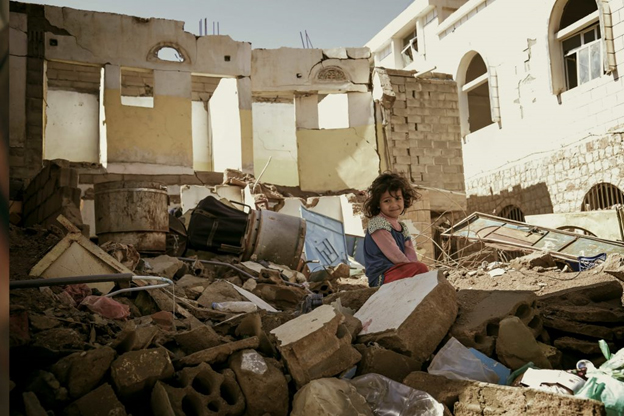The Yemen Crisis Ten Years Later Political Humanitarian and Gender Perspectives
Date: September 07, 2021
Time: 12:30 PM – 2:00 PM KSA

The Yemen Crisis Ten Years Later Political Humanitarian and Gender Perspective
Seven years since the beginning of the civil war, since 2014, the Yemeni landscape has regressed to a fractious society. More than 4 million people have been displaced by the conflict, along with 20 million people in dire need of humanitarian assistance. Annual weather crises, like this year’s flooding, add to the pressures being faced by the people. Fuel shortages have continued to cripple the ability of the economy to function properly and have resulted in increased energy insecurity. The currency devaluation of the Yemeni Rial has rendered the economy inoperable. Prior to the conflict, the Rial was YER 215 per USD. Today in the South, where the Internationally Recognized Government of Yemen (IRG) is in control, the Rial is over YER 1,000 per USD. In the Northwest, where the Houthi are in control. The Rial is around YER 600 per USD. This dispersion of power from any tenable central authority is reflected throughout Yemen.
The fracturing of Yemeni society has created new bubble governance networks and security networks. The heart of why the situation is becoming more dire rests in the reluctance of armed groups to work towards a political settlement. This event will shed light on the need for a political solution for achieving peace in Yemen. Reluctance to move towards a political settlement arises from the belief that force will achieve political goals. The Taliban takeover in Afghanistan provides the Houthis and other armed groups a conformation in this belief. However, those involved in the civil war should take into consideration the costs of prolonged conflict. These costs include the current humanitarian crisis, for which only half of the $3.9 billion needed has been realized. Reliance on donations in a protracted conflict is unsustainable and results in donor fatigue. The geopolitical fallouts of a drawn-out conflict, with a potential fragile central authority after “victory,” are very likely to create insecurity. The highest cost of all is felt by the population, of which women and children are disproportionally affected. Our panelist will decipher the costs of the conflict, what conditions are needed to end the war and achieve durable peace in Yemen.
About the event
- September 07, 2021
- 12:30 pm – 2:00 pm KSA
- Webinar Zoom
For More information:
Programs Department: [email protected]
